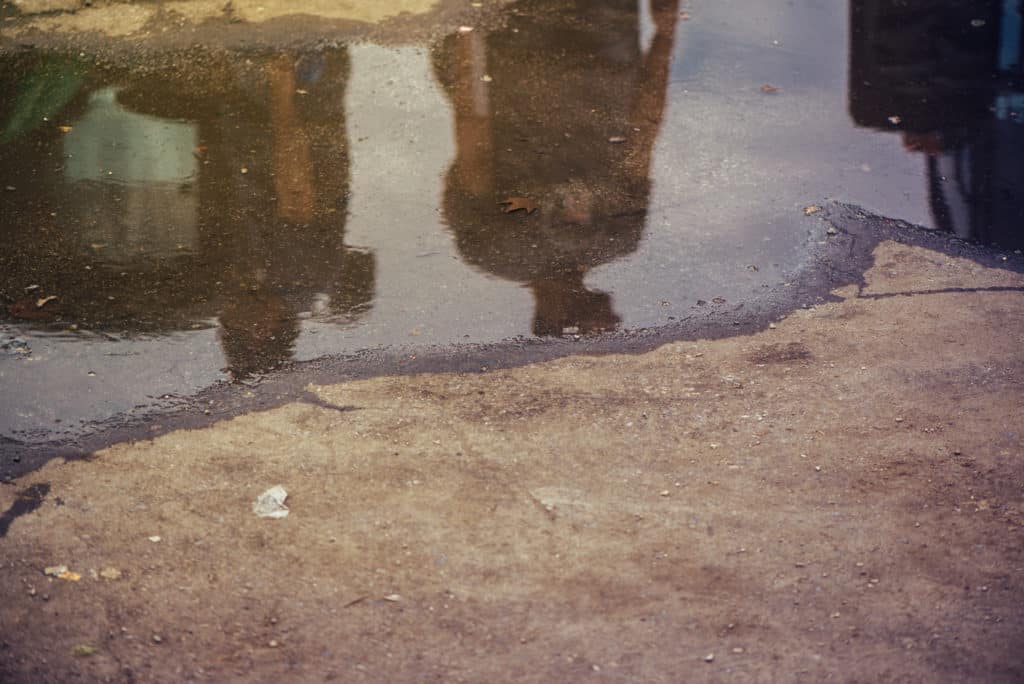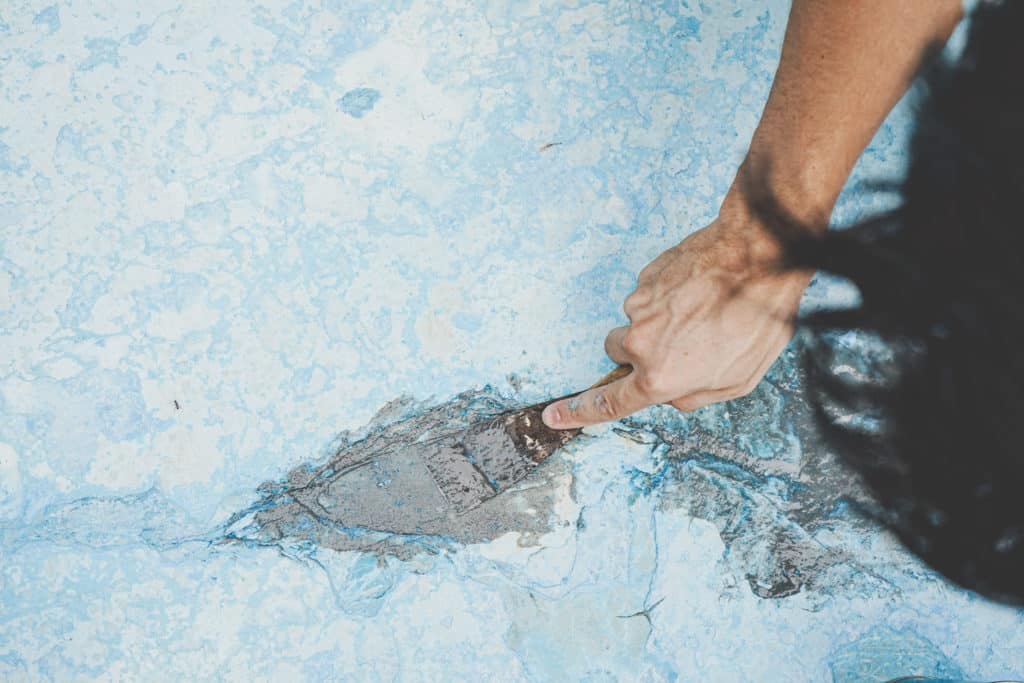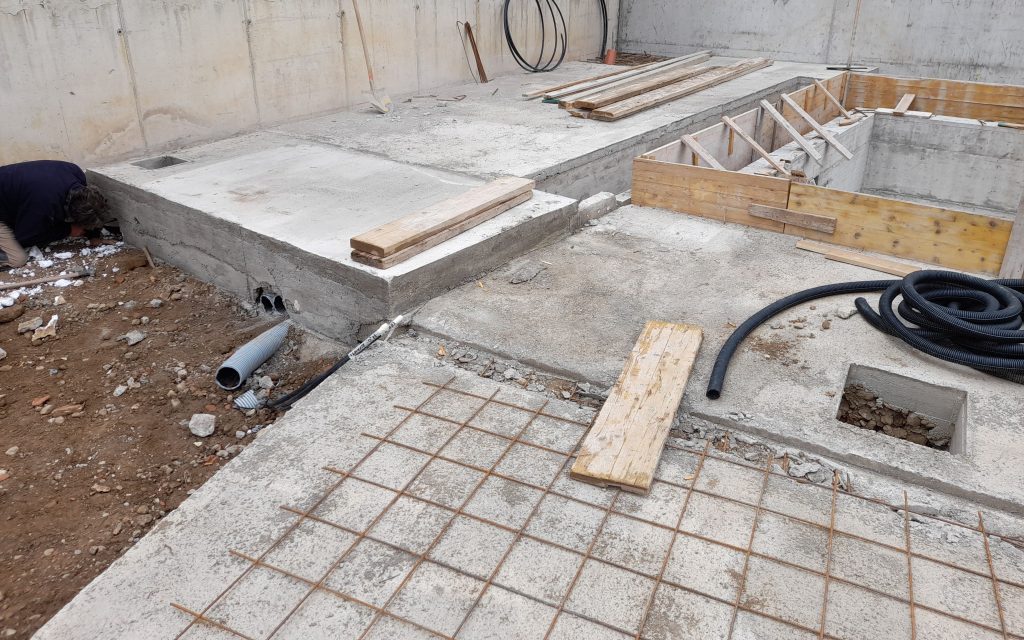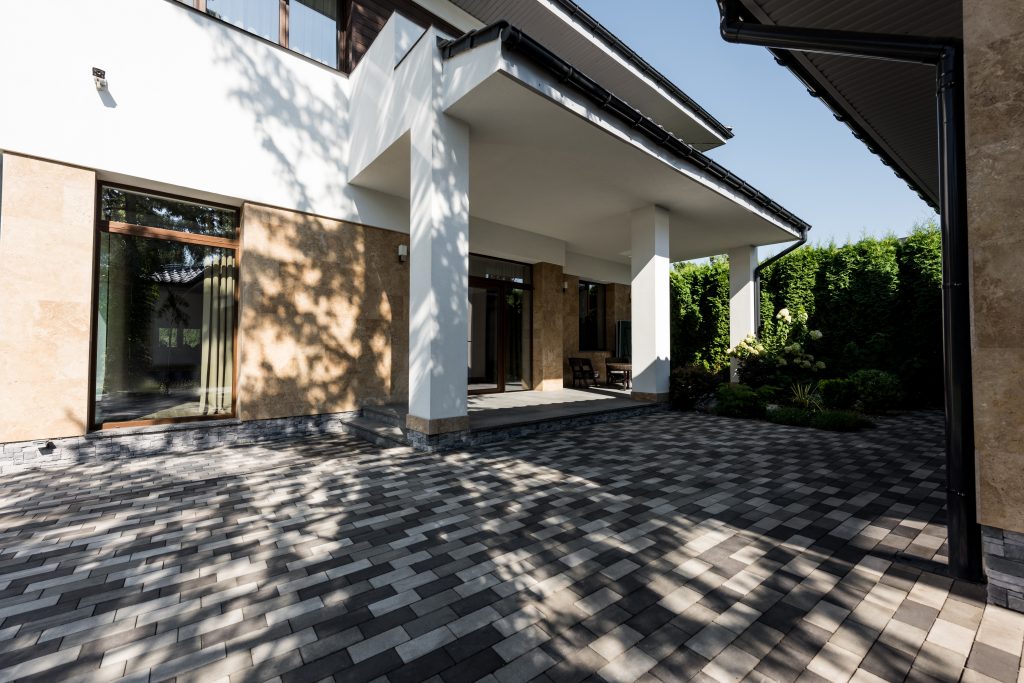Sunken concrete is a common issue that property owners may encounter, often manifesting as uneven sidewalks, driveways, and patios. This problem typically arises due to soil settlement or erosion underneath the concrete slab. Identifying and addressing sunken concrete quickly is crucial not only for aesthetic reasons but also to prevent potential safety hazards and further structural damage. Concrete repair methods such as PolyLevel concrete lifting offer effective solutions by targeting the underlying causes and providing a stable foundation for the concrete surface.
The repair process for sinking concrete starts with a thorough assessment of the affected area and the factors contributing to the problem. Professionals will then select the most suitable repair method. Among the various techniques, polyurethane foam injection is a popular choice due to its quick curing time and the minimal disruption it causes to the property. The foam expands beneath the slab, filling voids and raising it back to its original level. Other traditional methods, such as mudjacking and slabjacking, also serve to lift and stabilize concrete slabs by injecting a cement-based mixture into drilled holes.
In addition to lifting techniques, removing and replacing the concrete is another approach, albeit a more invasive one. It involves breaking up the affected slab, addressing the soil issue, and pouring new concrete. Each method offers its own set of advantages and is suited for different extents of damage and budget considerations. Homeowners and facility managers should seek professional advice to ensure that the chosen repair method aligns with their specific needs, ensuring a long-lasting and cost-effective solution to sunken concrete issues.
Assessing Sunken Concrete Damage

The assessment of sunken concrete damage is a critical first step in determining the appropriate repair solution. Accurately identifying the problems and conducting a professional inspection can save time and money in the long run.
Identifying Common Problems
The first stage in assessing damage is to identify the specific issues with the concrete. Common indicators include cracks and uneven concrete surfaces, which may evolve into trip hazards. A sinking concrete slab might manifest as unevenness, creating a potential tripping hazard. It is crucial to note the pattern and width of cracks as they offer clues about the underlying cause of sinking.
Conducting a Professional Inspection
A thorough inspection by a professional is essential to accurately assess the extent of the damage. Experts look for direct and indirect signs of issues, such as pooling water or soil washout beneath the slab, which can exacerbate the sinking problem. They may check for voids under the concrete using specialized equipment and will judge whether the slab can be repaired or must be replaced. This step in the process is important for devising a detailed and effective repair plan.
Understanding Sunken Concrete Causes

When exploring the causes of sunken concrete, one must consider various factors that lead to this common issue in residential and commercial properties. The underlying reasons largely revolve around soil behavior beneath the concrete and the state of the construction materials used.
Soil Erosion and Settlement
Soil is fundamental to the support of concrete slabs, and when it erodes or settles unevenly, the concrete is prone to sink. Soil erosion can occur due to excessive water flow, which may wash away the base the slab rests upon. Similarly, soil settlement transpires over time and is often due to the soil being improperly compacted during construction of the slab. This can result in gaps forming under the surface, causing sections of the concrete to sink. Instances of water erosion leading to settlement are particularly noticeable in areas with clay-rich soils, which expand and contract in relation to moisture levels, exacerbating the effects of erosion.
Material Degradation
Over time, the materials that make up the concrete slab itself can degrade. Factors contributing to material degradation include the fluctuation of temperatures, chemical reactions from de-icing salts, and the intrusion of water which can lead to the corrosion of reinforcing steel bars. When these materials weaken, they compromise the concrete’s integrity, making it susceptible to cracking, and subsequent sinking or settling. Regular maintenance is crucial to prolong the lifespan of concrete, as it can help detect early symptoms of uneven concrete, allowing for timely repairs before more significant sinking occurs.
Overview of Repair Methods
Repairing sunken concrete is essential to maintain safety and aesthetics. The methods vary from traditional mudjacking to modern polyurethane foam injection, as well as complete concrete replacement.
Mudjacking Techniques
Mudjacking, also known as slab jacking, involves drilling holes into the affected concrete slab. A mixture of water, soil, sand, and cement, commonly referred to as slurry, is then pumped under the slab to raise it to the desired level. This technique is often preferred for its cost-effectiveness and the ability to use the surface soon after repair.
Polyurethane Foam Injection
Polyurethane foam injection, a newer approach, uses high-density foam called Polylevel®. It is injected beneath the concrete, where it expands and hardens, lifting the slab back into place. This method is lauded for its durability, quick cure time, and minimal disruption to the surrounding area.
Concrete Replacement Options
When the damage is too severe, concrete replacement may be necessary. This involves the removal of the old slab and pouring new concrete. The process takes longer and is more costly than leveling techniques but provides a brand-new surface and can be a lasting solution if done correctly.
Preparation and Repair Process

Efficient sunken concrete repair hinges on thorough site preparation and a detailed procedural approach. Adherence to safety measures and the correct usage of equipment and materials not only ensure the integrity of the repair but also the longevity of the concrete slab.
Site Preparation and Safety
Before any repair work begins, technicians must prepare the site by clearing any debris and ensuring the area is accessible. Safety barriers and signage should be erected to keep unauthorised personnel away from the work area. The technician evaluates underground utilities to avoid interference or damage. Essential equipment like drills, grout mixers, and protective gear must be on site and ready for use.
Repair Procedure Details
Once the site is secure and the equipment is prepared, the repair process can commence. The technician drills strategic holes into the affected concrete slabs to facilitate the repair method, commonly mudjacking. For this procedure, a mixture of portland cement, sand, gravel, and water—also known as a flowable grout—is then pumped beneath the slab to fill voids and provide support. This elevates the sunken concrete back to its original position. After the lift, the technician seals the holes and ensures the site is clean and restored to its functional state.
Costs and Considerations
When considering sunken concrete repair, homeowners and property managers should be aware that costs can fluctuate based on several variables. The extent of the damage, material costs, and size of the area to be repaired are core influencers of the final price.
Estimates and Bids
When initiating a driveway repair or walkway renovation, acquiring detailed estimates from qualified contractors is crucial. Typically, bids should include a comprehensive breakdown of labor costs, material fees, and a timeline for completion. Most reputable contractors offer a free estimate before any commitment is made, ensuring transparency in the potential costs involved.
- Material Costs: Cost per square foot for concrete.
- Labor Charges: Based on the complexity and time required.
- Additional Fees: For any underlying issues or complexities.
Cost-Effectiveness and Value
Assessing the cost-effectiveness of sunken concrete repair involves comparing the price of repairs to the expense of complete replacement. One should consider not only the immediate cost but also the long-term value. Patching up minor cracks or lifting concrete slabs might be a more cost-effective solution than replacement and can significantly extend the lifespan of the concrete structure.
Concrete Lifting:
- Typically ranges from $500 to $6,000 (Concrete Driveway Repair Costs in 2024).
- Often less expensive than full replacement.
Choosing the most suitable repair method requires considering both financial implications and the structural benefits to the property.
Maintaining Repaired Concrete
After repairing sunken concrete, it is crucial to undertake regular maintenance to ensure longevity. One must establish a routine that protects the integrity of the concrete slabs, while also taking preventive measures to mitigate the risk of future damage. Maintaining repaired concrete not only extends its life but also preserves safety and appearance.
Regular Maintenance Tips
- Seal the Concrete: Apply a high-quality sealant to the concrete surface to protect against water penetration, stains, and weathering. Sealing should typically take place every two to three years, depending on the manufacturer’s recommendations and environmental conditions.
- Clean Regularly: Keep the concrete clean by sweeping it regularly and washing it periodically with a hose or power washer. Remove stains promptly to prevent them from setting in.
Preventive Measures to Avoid Further Damage
- Hire Professional Services: For complex tasks such as sealing and filling cracks, one may opt to hire a professional with considerable experience in concrete maintenance. Ensure they are insured to avoid liability for any accidents during maintenance work.
- Monitor and Repair Cracks: Vigilantly monitor the surface for any new cracks or signs of wear. Address minor cracks and chips promptly to prevent water infiltration and larger structural issues.
- Manage Surrounding Environment: Ensure proper drainage around the concrete slabs to prevent water accumulation. Also, control tree roots and other landscaping elements to prevent disruption of the slab’s foundation.

 CALL US NOW
CALL US NOW



